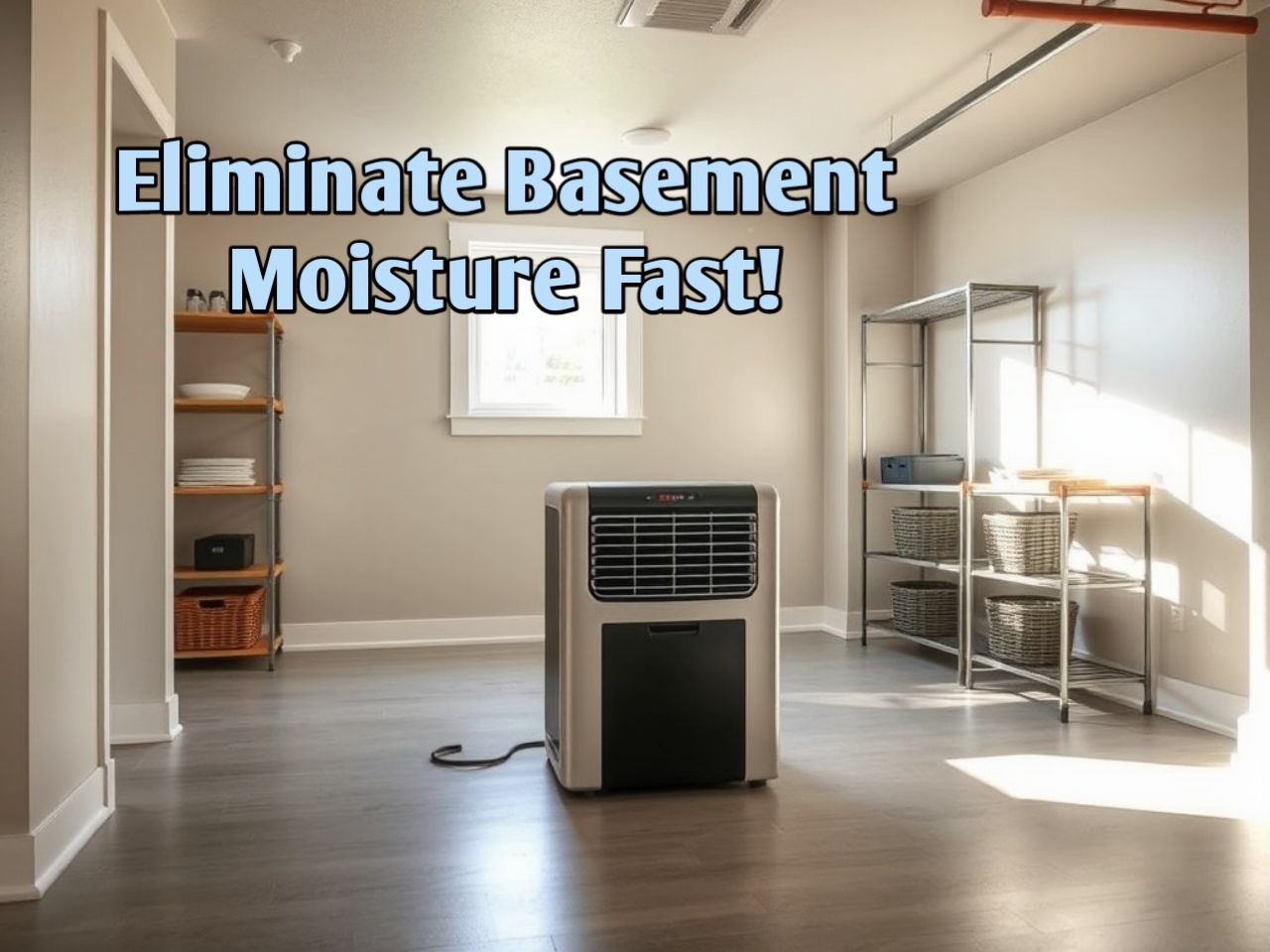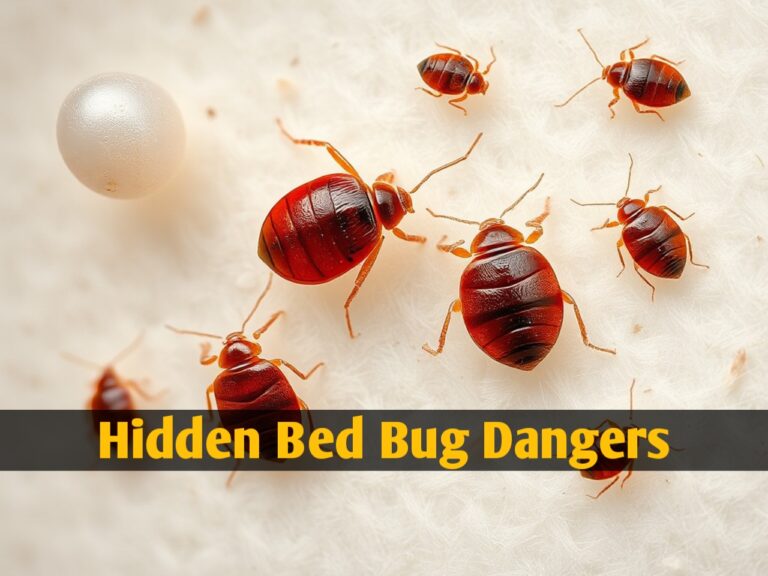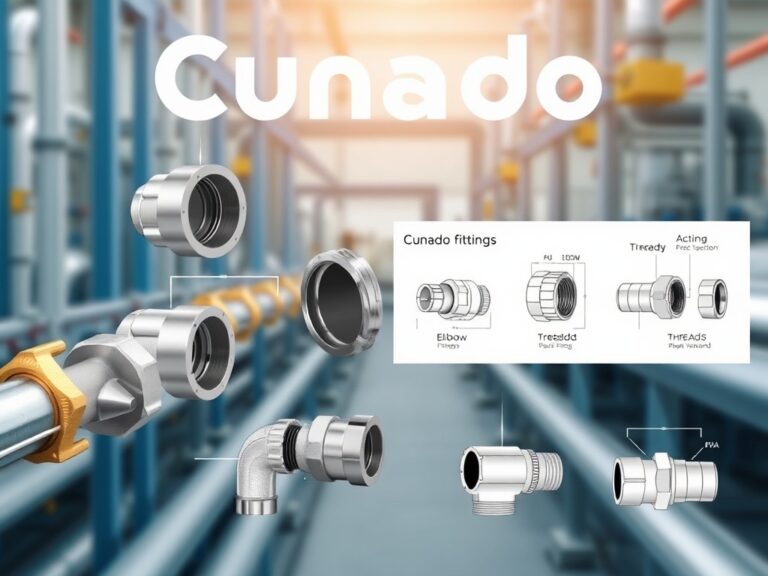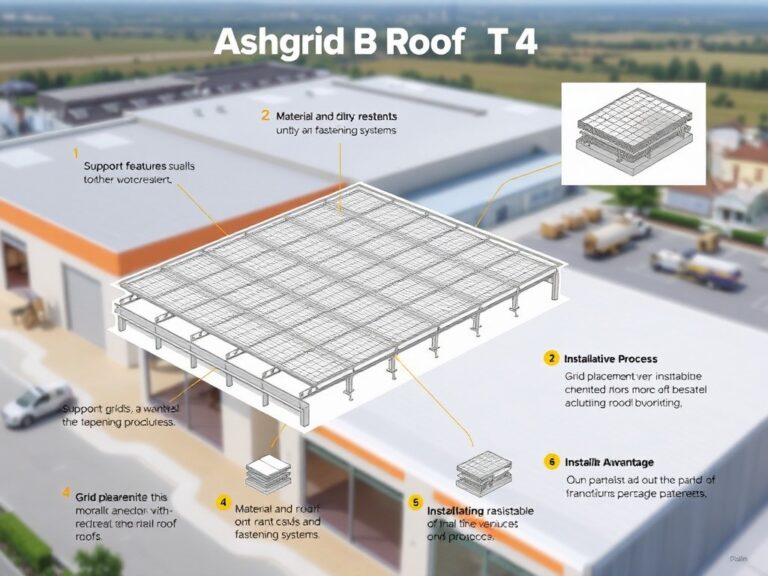How to Pick the Best Dehumidifier for Basements in High-Humidity Areas
Introduction: Why a Dehumidifier Is Essential for Basements
Basements are highly susceptible to moisture buildup, especially in high-humidity areas. Left unchecked, excess moisture can lead to mold growth, mildew, musty odors, and even structural damage. Installing a dehumidifier in your basement is one of the best ways to combat these issues and maintain a healthy, dry environment. However, with so many options available, selecting the best dehumidifier for your basement can be challenging. This guide will break down essential factors, features, and tips to help you find the perfect dehumidifier for a high-humidity basement.
Choosing the Right Size for Your Basement Dehumidifier
Selecting the right-sized dehumidifier is crucial for optimal performance. Dehumidifiers come in various sizes, measured by their moisture-removal capacity in pints per day (PPD). To choose the best dehumidifier for a basement, you’ll need to consider both the size of your basement and the level of humidity.
- Small Basements: If your basement is under 1,000 square feet and has moderate moisture, a 20-30 PPD dehumidifier is usually sufficient.
- Medium Basements: For basements between 1,000 and 2,000 square feet, opt for a 40-50 PPD model if the humidity levels are high.
- Large Basements: If your basement is over 2,000 square feet or has severe moisture issues, a 60-70 PPD model is ideal to ensure effective moisture removal.
Choosing the correct size ensures the dehumidifier can handle the moisture load effectively without overworking, which can reduce its lifespan and efficiency.
Key Features to Look for in a Basement Dehumidifier
Modern dehumidifiers come with various features, some of which are essential for basement use, while others add convenience. Here’s a breakdown of key features to consider:
- Automatic Humidistat: This feature allows the dehumidifier to monitor and maintain the desired humidity level automatically.
- Continuous Drainage Option: Most basements lack easy access to drainage, so a continuous drain feature is ideal for hassle-free operation.
- Auto-Defrost: In colder basements, a dehumidifier with auto-defrost prevents coils from freezing, allowing the unit to function efficiently.
- Filter Indicator: An air filter indicator alerts you when it’s time to clean or replace the filter, keeping your dehumidifier running efficiently.
- Energy Efficiency: Look for Energy Star-rated models that consume less electricity, especially if the unit will run continuously.
Choosing a dehumidifier with these features can enhance ease of use, performance, and overall longevity.
Energy Efficiency and Power Consumption: What to Know
Because dehumidifiers often run continuously in basements, energy efficiency is essential to keep energy bills manageable. Many modern dehumidifiers come with an Energy Star certification, which signifies they meet energy efficiency guidelines set by the U.S. Environmental Protection Agency.
Dehumidifiers with this certification use around 15% less energy than non-certified models, helping reduce energy consumption without compromising performance. Look for models with energy-saving features, such as:
- Eco Modes: These adjust fan speeds and compressor activity to reduce power consumption.
- Automatic Shut-off: Once the desired humidity level is reached, the dehumidifier automatically shuts off to save energy.
Choosing an energy-efficient model will save you money in the long run and reduce your household’s carbon footprint.
Noise Levels: Finding a Quiet Dehumidifier for Basements
Noise levels are an important factor if your basement is used as a living space, home gym, or entertainment area. Dehumidifiers can be noisy, with sound levels typically ranging from 40 to 60 decibels.
- Low Noise Models: If noise is a concern, look for dehumidifiers labeled as “quiet” or models with a low decibel rating. Some premium models have advanced noise-reduction features.
- Placement Tips: Placing the dehumidifier on an anti-vibration mat can help reduce noise, especially on hard floors where vibration noise may be amplified.
While powerful models tend to produce more noise, many manufacturers prioritize sound reduction in newer models, so you won’t have to sacrifice performance for quiet operation.
How to Maintain Your Basement Dehumidifier for Longevity
Proper maintenance is essential to ensure your dehumidifier operates efficiently and lasts as long as possible. Here are some key maintenance tasks:
- Clean the Filter: Most dehumidifiers have a reusable air filter that needs regular cleaning. This helps the unit maintain optimal airflow and efficiency.
- Empty and Clean the Water Bucket Regularly: If you aren’t using a continuous drainage system, make sure to empty the water tank daily or as required to prevent bacterial growth.
- Inspect the Coils: Check for dust buildup on the coils periodically, especially if the dehumidifier lacks an auto-defrost feature.
- Monitor Humidity Levels: Overuse can lead to excessive drying, so monitor the basement humidity level and turn the unit off if it dips below 40%.
Following these steps will help you keep your dehumidifier in peak condition, ensuring it performs well and reduces the risk of costly repairs.
Top Dehumidifier Brands for Basements and High-Humidity Areas
Selecting a reputable brand can make a significant difference in performance, durability, and customer support. Some of the best brands for dehumidifiers include:
- Frigidaire: Known for its efficient, high-capacity dehumidifiers with convenient features.
- hOmeLabs: A popular choice for affordable, effective dehumidifiers with easy-to-use controls and energy-efficient options.
- LG: LG offers quiet, high-performance models with user-friendly features ideal for large basements.
- Honeywell: Known for its durability, Honeywell provides powerful models suitable for heavy-duty moisture control.
- Vremi: Vremi offers budget-friendly options with efficient moisture control and low noise levels.
Choosing from reputable brands can enhance your experience, as many offer good warranty options and customer support, providing peace of mind with your purchase.
Dehumidifier Placement Tips for Optimal Performance
Where you place your dehumidifier in the basement can impact its effectiveness. Here are some tips for optimal placement:
- Position Away from Walls: Ensure the dehumidifier is placed at least 6-12 inches away from walls or obstructions to allow proper airflow.
- Central Location: Place the unit near the center of the room, or if that’s not possible, in a spot where airflow won’t be obstructed by furniture.
- Near the Dampest Area: If certain areas of the basement experience more moisture, consider placing the unit closer to that area for more effective moisture control.
Proper placement helps ensure the dehumidifier covers the entire basement area, preventing mold growth and moisture buildup throughout the space.
Understanding Dehumidifier Capacity vs. Room Size and Humidity Level
When selecting the best dehumidifier for your basement, it’s essential to match the dehumidifier’s capacity with your room’s size and humidity level.
- Moderately Damp Basements: If your basement has slight musty odors but no visible water or mold, a medium-capacity unit (40-50 PPD) is usually sufficient.
- Wet Basements: If you often see moisture on the walls or floor, choose a high-capacity unit (50-70 PPD) designed to remove larger amounts of moisture.
By understanding capacity requirements, you can avoid selecting an underpowered dehumidifier or one that consumes too much energy for your needs.
Final Thoughts: Choosing the Best Dehumidifier for Your High-Humidity Basement
Selecting the right dehumidifier for a basement in a high-humidity area requires careful consideration of several factors. Matching the unit’s capacity to your basement’s size and moisture level is crucial, as is choosing features that enhance ease of use and efficiency. A dehumidifier with continuous drainage, a built-in humidistat, and an energy-efficient design can help ensure your basement remains dry, mold-free, and comfortable.
Keeping these guidelines in mind will allow you to select a dehumidifier that effectively manages moisture, promotes a healthier living environment, and ultimately protects your home’s structure from the damaging effects of excess humidity.
Read Also Our This Post: Dusty Air in Your Home? Here’s How to Improve Indoor Air Quality

Kamran Khatri is a versatile writer and editor at ExpressZone.co.uk, bringing fresh perspectives and insightful commentary across a wide range of topics. With a passion for exploring diverse subjects—from technology, business, and finance to lifestyle, travel, and the arts—Kamran aims to inform, inspire, and engage readers through well-researched articles and thought-provoking content.
His work spans multiple categories including health, education, pets, entertainment, real estate, and sustainability, reflecting his commitment to delivering knowledge that connects with everyday life. Whether breaking down the latest trends, sharing practical tips, or highlighting cultural insights, Kamran’s writing combines clarity with creativity.
When he’s not crafting stories for ExpressZone.co.uk, Kamran enjoys keeping up with global developments, exploring innovative ideas, and connecting with readers who share his curiosity about the world.







